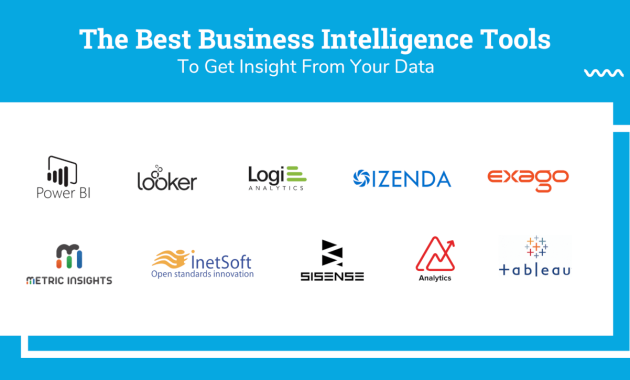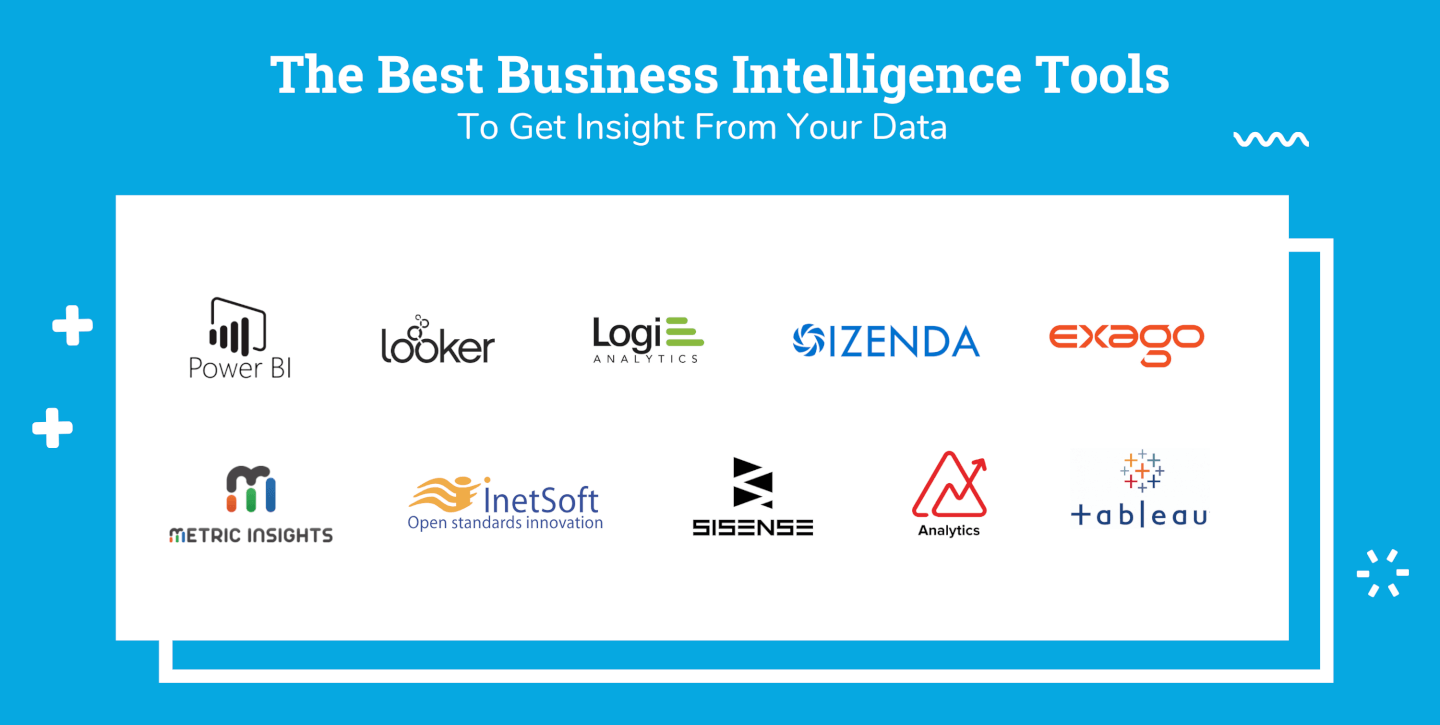
Unlocking Insights: Business Intelligence Tools for Print Analytics
In today’s data-driven landscape, businesses across various sectors are constantly seeking ways to optimize operations, enhance efficiency, and improve profitability. The print industry, despite its evolution, is no exception. With the increasing complexity of print runs, customer demands, and market competition, print businesses require sophisticated tools to analyze their performance and make informed decisions. This is where business intelligence tools for print analytics come into play.
Business intelligence tools for print analytics provide the necessary framework to collect, process, and interpret data related to print operations. They transform raw data into actionable insights, enabling print businesses to identify trends, track key performance indicators (KPIs), and make data-driven decisions. This article delves into the crucial role of business intelligence tools for print analytics, exploring their benefits, key features, and how they are transforming the print industry.
The Growing Importance of Data in Print
The print industry is experiencing a significant transformation, driven by technological advancements, evolving customer expectations, and increased market competition. Print businesses are no longer solely focused on producing printed materials; they must also manage complex workflows, optimize resource allocation, and provide personalized services. This requires a deep understanding of the data generated throughout the print process.
Data is the lifeblood of modern print businesses. It encompasses a wide range of information, including job specifications, production times, material usage, costs, and customer interactions. Analyzing this data allows print businesses to gain valuable insights into their operations, identify areas for improvement, and make strategic decisions.
Without robust data analysis capabilities, print businesses risk making decisions based on intuition or guesswork. This can lead to inefficiencies, increased costs, and missed opportunities. Business intelligence tools for print analytics provide the necessary tools to overcome these challenges and unlock the full potential of data.
Key Benefits of Business Intelligence Tools for Print Analytics
Implementing business intelligence tools for print analytics offers a multitude of benefits for print businesses of all sizes. These tools empower businesses to:
- Improve Efficiency: Identify bottlenecks in the production process, optimize workflows, and reduce waste.
- Reduce Costs: Track material usage, identify areas for cost savings, and improve resource allocation.
- Enhance Profitability: Optimize pricing strategies, identify profitable jobs, and improve customer satisfaction.
- Make Data-Driven Decisions: Move beyond guesswork and make informed decisions based on real-time data and analytics.
- Gain a Competitive Advantage: Identify market trends, understand customer behavior, and offer personalized services.
- Optimize Inventory Management: Accurately forecast material needs and reduce holding costs.
- Improve Sales and Marketing: Analyze customer data to target marketing efforts and increase sales effectiveness.
Essential Features of Business Intelligence Tools for Print Analytics
When selecting business intelligence tools for print analytics, it’s crucial to consider the features that will best meet the specific needs of your print business. Key features to look for include:
- Data Integration: The ability to seamlessly integrate data from various sources, such as print management systems, accounting software, and customer relationship management (CRM) systems.
- Data Visualization: Powerful data visualization capabilities, including charts, graphs, and dashboards, to present data in an easy-to-understand format.
- Reporting and Dashboards: Customizable reports and dashboards that provide real-time insights into key performance indicators (KPIs).
- Predictive Analytics: The ability to forecast future trends, identify potential problems, and make proactive decisions.
- Workflow Automation: Automation features to streamline data collection, processing, and reporting.
- Mobile Accessibility: Access to data and reports from mobile devices, allowing users to stay informed on the go.
- User-Friendly Interface: An intuitive and easy-to-use interface that allows users to quickly access and analyze data.
- Customizable Alerts: Ability to set up alerts to notify users of critical events or changes in key metrics.
Choosing the Right Business Intelligence Tool
Selecting the right business intelligence tools for print analytics is a crucial step in leveraging the power of data. The ideal tool will depend on the specific needs and requirements of your print business. Consider these factors when making your selection:
- Business Needs: What specific challenges are you trying to address? What data do you need to analyze?
- Data Sources: What data sources do you need to integrate? Does the tool support integration with your existing systems?
- Scalability: Can the tool scale to meet your future needs as your business grows?
- Ease of Use: Is the tool easy to use and understand? Does it offer a user-friendly interface?
- Cost: What is your budget? Does the tool offer a pricing model that fits your needs?
- Support and Training: Does the vendor offer adequate support and training to help you get the most out of the tool?
Real-World Applications of Print Analytics
Business intelligence tools for print analytics are transforming the way print businesses operate. Here are some real-world examples of how these tools are being used:
- Optimizing Production: Analyzing data on press performance, job turnaround times, and material usage to identify bottlenecks and improve production efficiency.
- Cost Control: Tracking material costs, labor costs, and other expenses to identify areas for cost savings.
- Pricing Strategies: Analyzing job costs and customer data to optimize pricing strategies and improve profitability.
- Customer Relationship Management: Analyzing customer data to understand customer preferences, personalize services, and improve customer satisfaction.
- Inventory Management: Forecasting material needs and optimizing inventory levels to reduce holding costs and prevent shortages.
- Sales and Marketing: Analyzing sales data to identify trends, target marketing efforts, and increase sales effectiveness.
The Future of Print Analytics
The future of print analytics is bright. As technology continues to evolve, business intelligence tools for print analytics will become even more sophisticated and powerful. We can expect to see:
- Increased use of artificial intelligence (AI) and machine learning (ML): AI and ML will be used to automate data analysis, identify patterns, and make predictions.
- Greater integration with cloud-based platforms: Cloud-based platforms will provide print businesses with greater flexibility, scalability, and accessibility.
- More focus on data security and privacy: Data security and privacy will become increasingly important as print businesses collect and analyze more sensitive data.
- Advanced data visualization: More sophisticated data visualization tools will make it easier to understand complex data and identify key insights.
The print industry is on the cusp of a data revolution. By embracing business intelligence tools for print analytics, print businesses can gain a competitive advantage, improve efficiency, and drive profitability. The ability to harness the power of data will be essential for success in the years to come. By investing in the right tools and strategies, print businesses can unlock valuable insights and transform their operations.
Business intelligence tools for print analytics empower print businesses to make informed decisions, optimize processes, and achieve their business goals. With the right tools in place, print businesses can unlock the full potential of their data and stay ahead of the competition. [See also: Related Article Titles]
In conclusion, business intelligence tools for print analytics represent a crucial investment for print businesses aiming to thrive in the modern market. They provide the necessary data-driven insights to optimize operations, reduce costs, and enhance overall profitability. By embracing these tools, print businesses can navigate the complexities of the industry with greater confidence and achieve sustainable success. The ability to analyze data effectively is no longer a luxury; it is a necessity for those seeking to thrive in the competitive print landscape. The strategic implementation of business intelligence tools for print analytics will undoubtedly shape the future of the print industry, paving the way for increased efficiency, enhanced customer satisfaction, and sustained profitability. The tools offer a pathway to smarter decision-making, enabling print businesses to make informed choices, adapt to market changes, and achieve their strategic objectives. The print industry is evolving, and the businesses that embrace business intelligence tools for print analytics are poised to lead the way in innovation and success.

